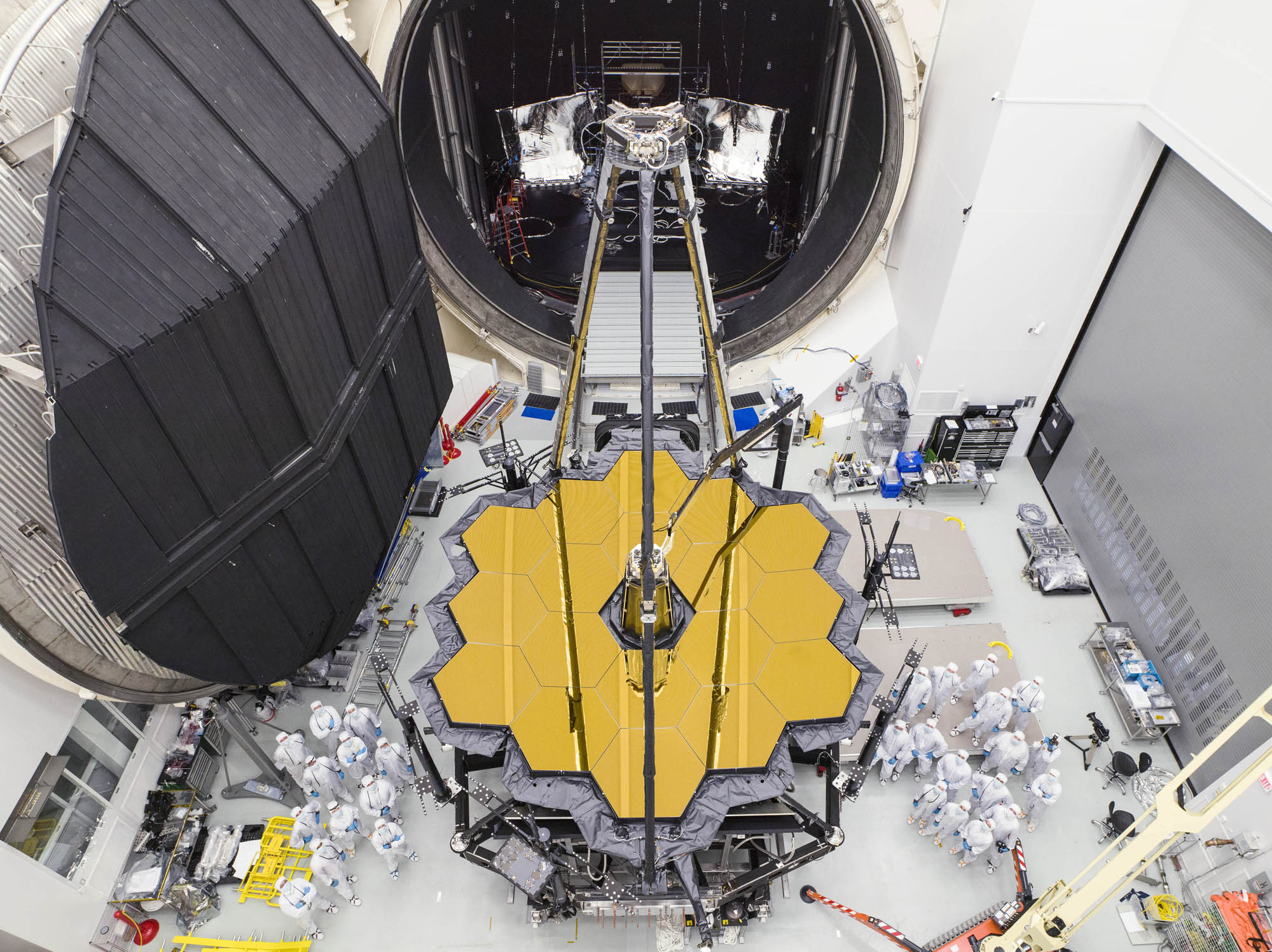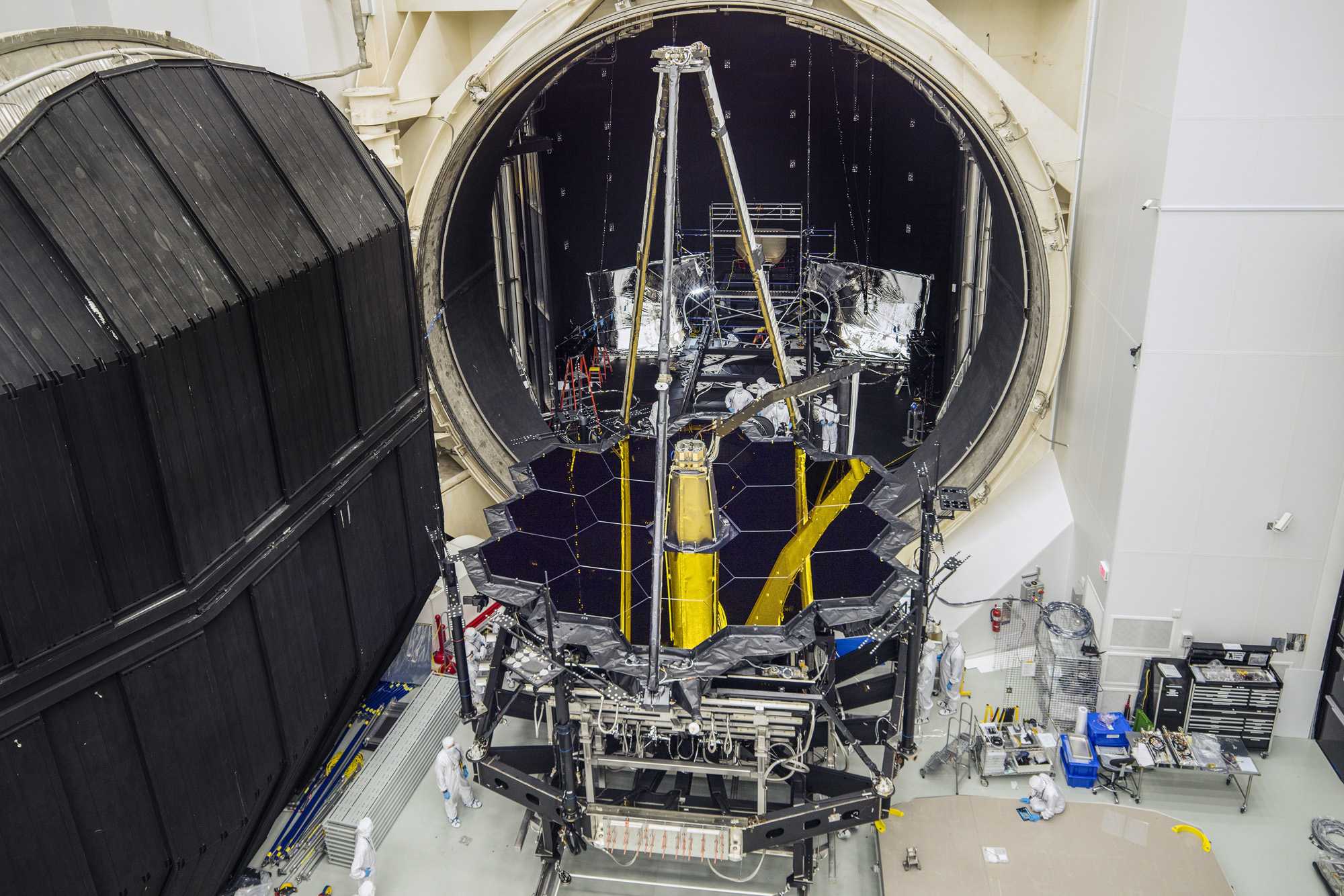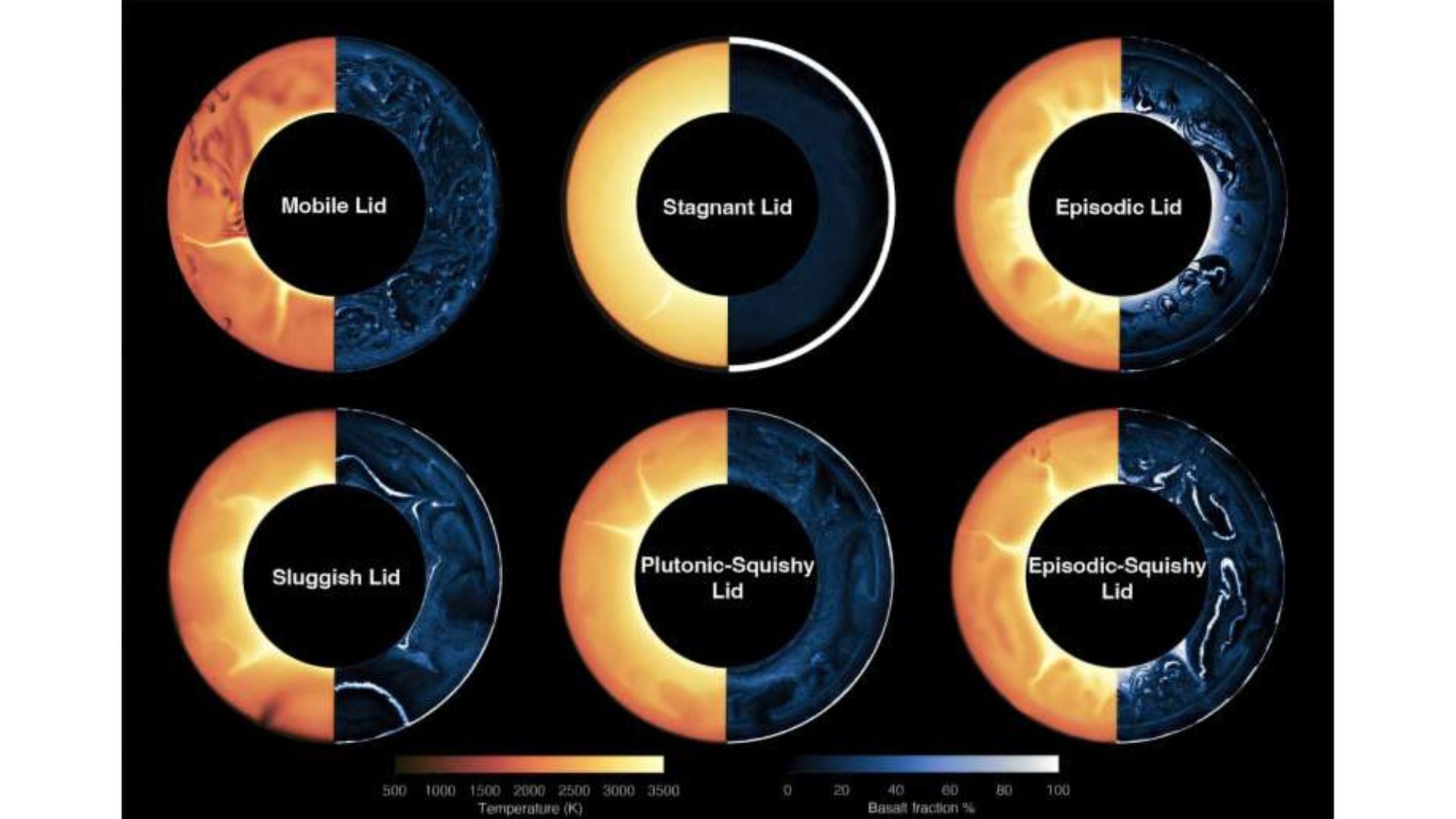NASA's James Webb Space Telescope Emerges from Giant Vacuum Chamber

Part of NASA's next major observatory – the James Webb Space Telescope – just left a thermal vacuum chamber after about 100 days of cryogenic testing to prepare it for launch in 2019.
For more than three months, the science instruments and optical element from the $8.8-billion observatory lived inside a chamber at NASA's Johnson Space Center in Houston. In a chamber called Johnson A, technicians put the telescope equipment through its paces. The goal was to make sure JWST can work in the cold, airless environment of space. [How the James Webb Space Telescope Works (Infographic)]
With testing complete, NASA will study the results even as engineers prepare to put the telescope together, agency officials said in a statement. But that will require a move from Houston to Redondo Beach, California. Once the parts arrive at the Northrop Grumman Aerospace Systems facility there, the instruments and optics will be put together with the sunshield and spacecraft bus – completing the telescope's assembly.
JWST will launch in spring 2019 from a European spaceport in French Guiana; in late September, NASA once again pushed back its expected launch date, due to integration issues. After launch, the telescope will journey to the sun-Earth Lagrange point 2, which is a gravitationally stable location 930,000 miles (1.5 million kilometers) from Earth.
The telescope will operate in infrared wavelengths and like its predecessor the Hubble Space Telescope, will have plenty of different science work to keep it busy. Some of JWST's missions include looking at the universe's first light, examining exoplanets and figuring out how galaxies assembled early in the universe's history.
You can see the James Webb Space Telescope live here via NASA's Webb Cam camera.
Follow Elizabeth Howell @howellspace, or Space.com @Spacedotcom. We're also on Facebook and Google+. Originally published on Space.com.
Breaking space news, the latest updates on rocket launches, skywatching events and more!

Elizabeth Howell (she/her), Ph.D., was a staff writer in the spaceflight channel between 2022 and 2024 specializing in Canadian space news. She was contributing writer for Space.com for 10 years from 2012 to 2024. Elizabeth's reporting includes multiple exclusives with the White House, leading world coverage about a lost-and-found space tomato on the International Space Station, witnessing five human spaceflight launches on two continents, flying parabolic, working inside a spacesuit, and participating in a simulated Mars mission. Her latest book, "Why Am I Taller?" (ECW Press, 2022) is co-written with astronaut Dave Williams.

